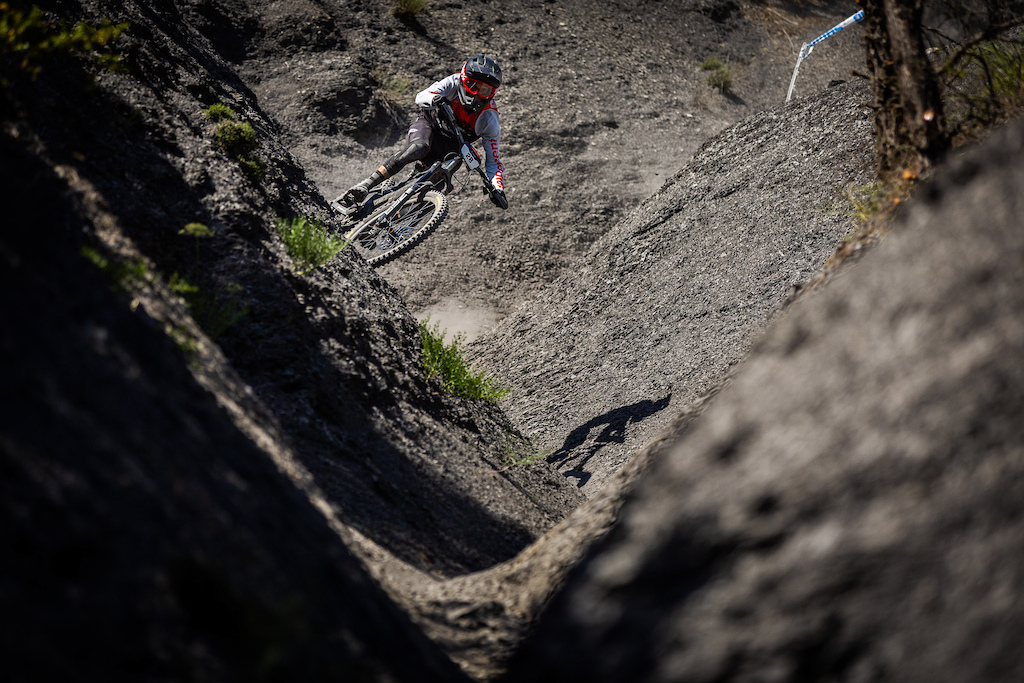With advances in technology and inclusion in the World Cup, E-Enduro continues to evolve in 2023.

When the top riders and teams from the 2022 Enduro World Series e-bike circuit share a start line again this weekend, several key aspects from last year’s race calendar will have changed significantly, while others will remain very much the same — setting the stage for another dramatic season of racing.
New for 2023 is the integration of E-Enduro events into the UCI Mountain Bike World Cup, the long-running series which began in the 1990s with mainstay events such as cross-country and downhill racing. This development will replace the traditional Enduro World Series and its electric component EWS-E, which made its debut in 2020; the UCI’s new acronym for E-Enduro is EDR-E. A new points system will be implemented for each timed Special Stage, with an overall classification dictating the starting order for the final Special Stage.
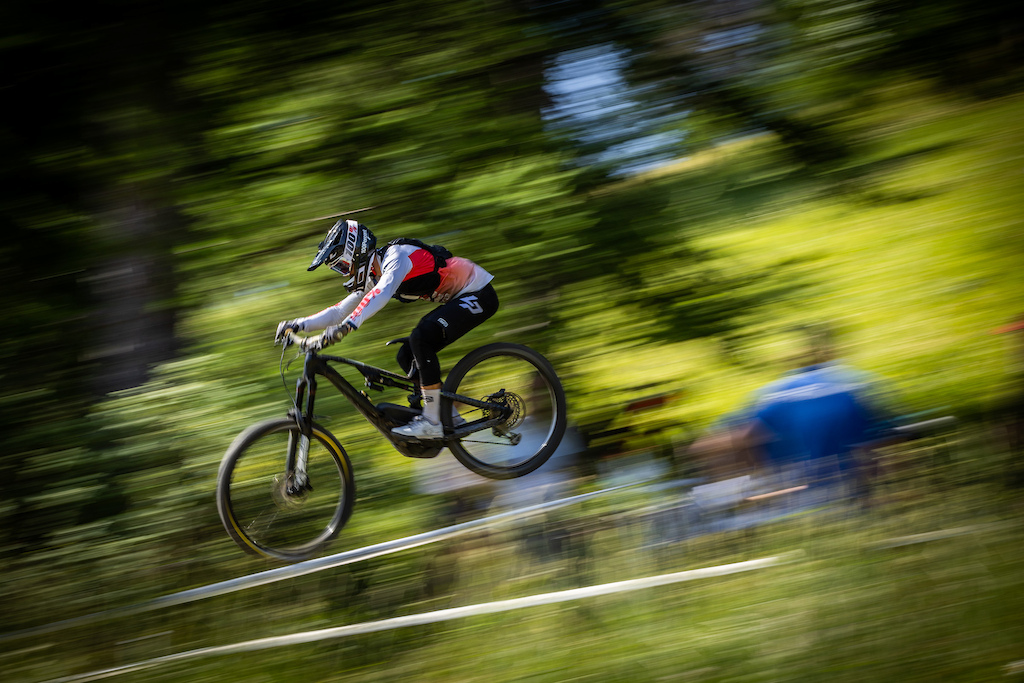
In all, the new UCI E-Enduro World Cup calendar will consist of five events across Europe, kicking off at Finale Ligure in Italy and concluding in September as part of the ten-day Haute-Savoie festival in France. The organization and operation of all events and disciplines within the expanded UCI World Cup series will be handled by ESO Sports, a sister company of Warner Bros. Discovery, owners of Eurosport and Global Cycling Network.
ESO Sports and the sport’s governing body have also launched a new brand, the UCI Mountain Bike World Series, which combines all cross-country, downhill, and enduro formats into one platform, with opportunities for amateurs at some events. Unlike other Mountain Bike World Cup events, however, there will be no UCI Enduro or E-Enduro World Championship events in 2023 — though there is active discussion of rainbow jerseys being awarded beginning in 2024.
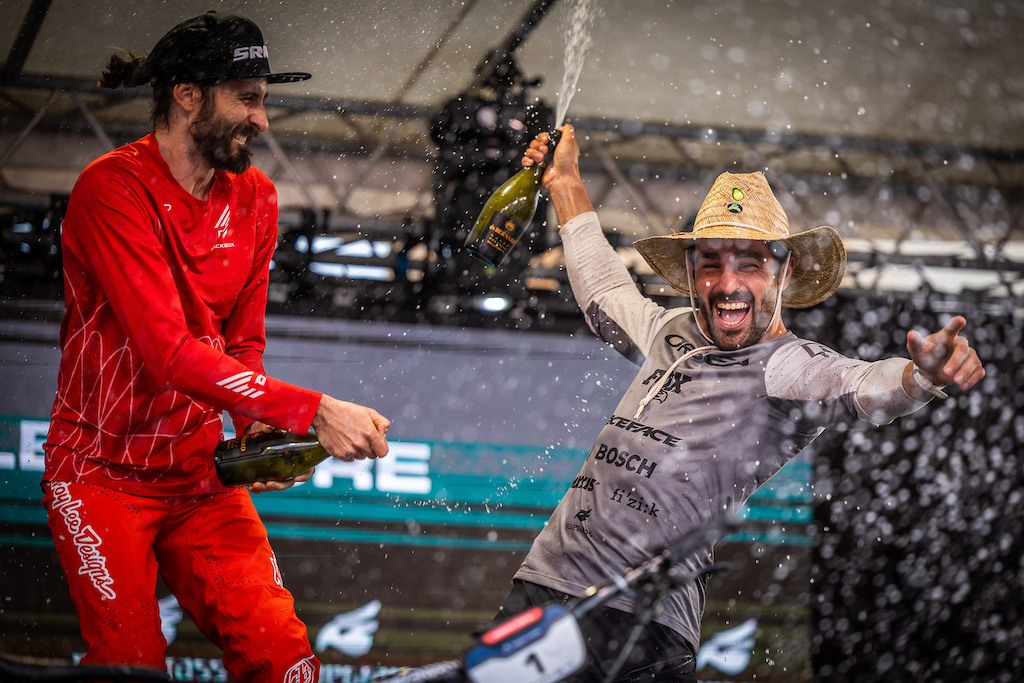
What will remain the same, however, are steep and technical climbs, harrowing descents, and the substantial percentage of E-Enduro riders who reached podium spots in 2022 using Bosch eBike Systems. In total, an unassailable 72 percent of podium finishers across enduro and cross-country events reached the top steps last year using a Bosch drive unit. In a discipline defined by varying courses, suspension setups, and rider strengths and weaknesses, one thing was glaringly consistent — Bosch motors win races.
Included in that group of podium finishers is breakout 2022 EWS-E series champion Flo Espiñeira, winner of the Pinkbike Academy in 2021, whose Orbea FOX Enduro team spent the majority of the season running Bosch’s Performance Line CX drive unit. In 2023 Espiñeira and other Bosch-equipped racers will be running the new Performance Line CX Race Limited Edition drive unit, delivering faster acceleration and a lengthened Extended Boost, which may further tip the scales in their favor.
Just as the differences between the 2022 Enduro World Series and the 2023 World Cup are subtle but significant, so are the differences between Bosch’s established CX drive unit and its new CX Race.

“It’s another level of assistance,” Espiñeira said. “It’s very, very different from the last motor.” The Chilean, who lives and trains in Whistler, BC, spent the off-season on an Orbea Wild FS equipped with a CX Race motor and describes the improvement in acceleration as “huge.”
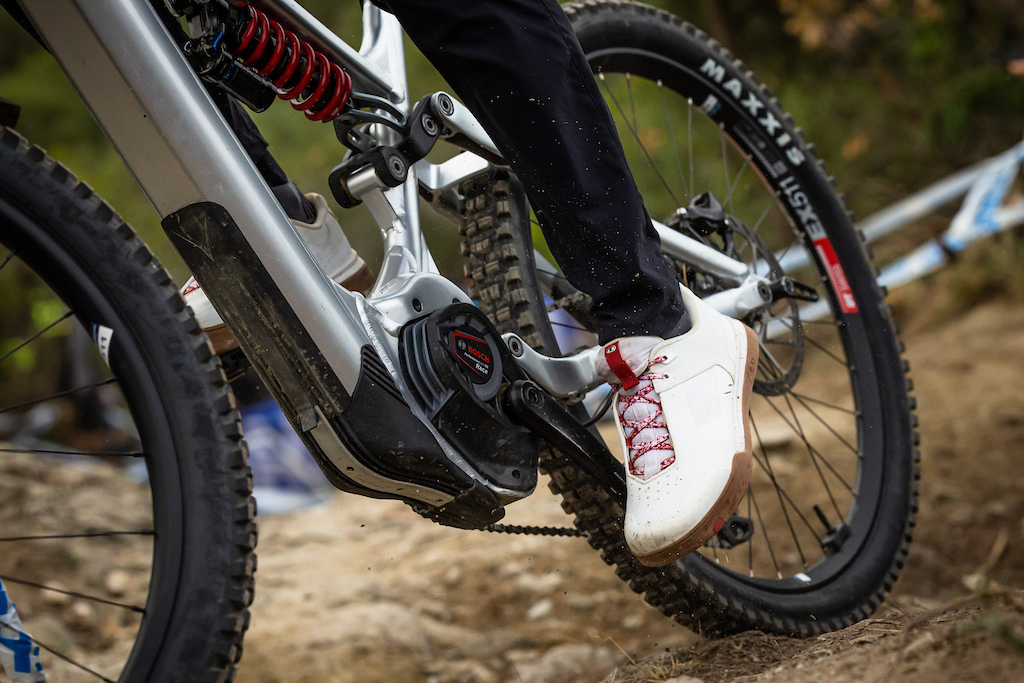
As a refresher, rules for E-Mountain Bike Cross-country and E-Enduro racing state that motors are limited to 25kph (15.5mph), with no more than 250 watts of continuous rated power, which is only to be activated by pedaling. Walk function is allowed, but only in factory settings. There are no technical restrictions on batteries. The major differences between the primary mid-drive motors on the market come down to varying torque values, rate of acceleration, peak power, and capacity and weight of battery. Within the razor-thin margins of World Cup racing, the differences between equipment can distinguish between a podium position and an also-ran.
Espiñeira won the final race of the 2022 EWS-E series ahead of Trek riders Hattie Harnden and Tracy Moseley, who both competed aboard a Trek Rail equipped with Bosch’s new CX Race motor. Developed specifically for eMTB racing with feedback from pro racers, the competition-oriented CX Race is both lighter and quicker than its predecessor.
Moseley, the legendary world champion in both downhill and enduro who is now an ambassador for Trek and Bosch, was among the athletes who helped in the development of the CX Race motor during the 2021 and 2022 seasons.
Another name synonymous with performance and innovation is 47-year-old Frenchman Nicolas Vouilloz, winner of 10 downhill world titles and widely considered the godfather of modern gravity racing. After several years away from racing, Vouilloz returned to competition as a rider-manager with the Lapierre Overvolt Team, winning every EWS-E race in 2021 aboard Bosch’s CX drive unit. Complications due to concussion ended his 2022 season early and have put his 2023 season on ice, however the Lapierre Overvolt squad continued its success last year under compatriot Jerome Gilloux, winner of the E-MTB XC World Cup series and the E-MTB XC World Championship.
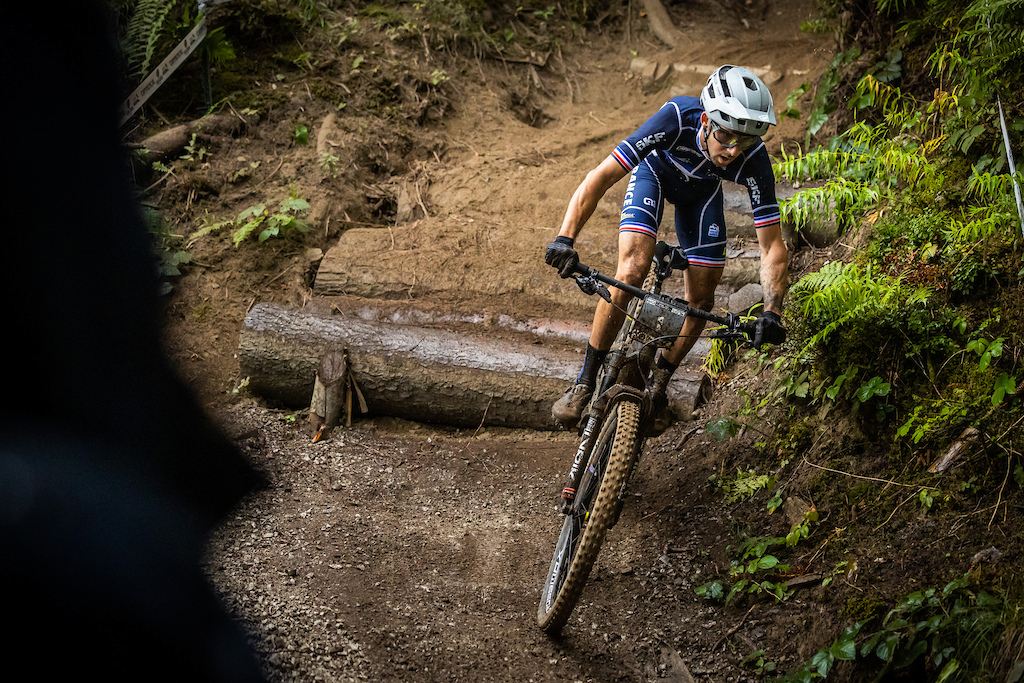
As it is with his E-Enduro counterparts, Gilloux will race aboard a bike equipped with the CX Race motor. Gilloux’s top rival in 2023 will likely again be Swiss rider Joris Ryf, who finished second in the World Cup series and third at the World Championship on a Bosch motor; Ryf has since moved to a new team for the 2023 season.
Differing from the E-Enduro World Cup, the E-MTB XC World Cup will see eleven rounds across six weekends, with only the series finale, in Barcelona in October, not featuring a pair of back-to-back races. The 15 best men and 15 best women in the series following rounds 3 and 4 in Italy will secure spots for World Championship race, held August 9 in Scotland.
“My main goal will be to be World Champion for a third time, but it will be not easy,” Gilloux said. “I think the CX Race motor will be very helpful, because it’s the most efficient. I’ll have all the elements to win.”
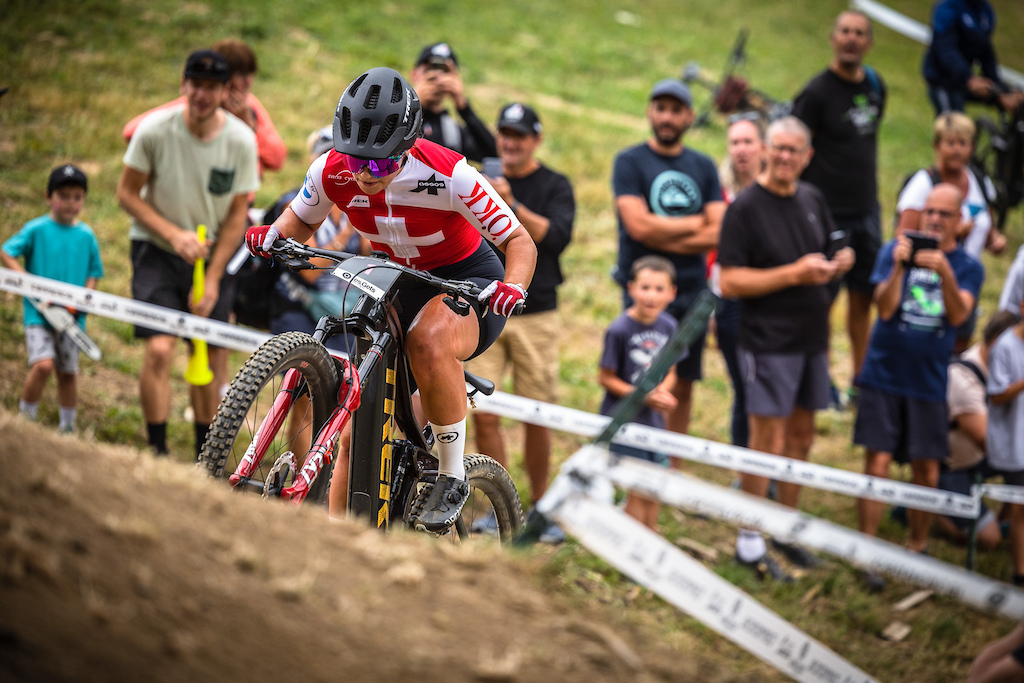
Like Gilloux, the top woman in E-MTB XC racing in 2022, Trek rider Nicole Göldi, won the World Cup series and World Championship on a Bosch drive unit, as did Lapierre’s Justine Tonso, a podium finisher in the World Cup and World Championship. In total, four of the top five women in the final E-MTB XC World Cup standings were on Bosch motors.
And whether it’s for Espiñeira on the E-Enduro side or for Göldi and Tonso on the E-MTB XC side, riders from all disciplines will have their hands full with a deep women’s field that includes Ines Thoma (Canyon/Bosch) and Sofia Wiedenroth; the German rider finished second last year in both the EWS-E series and in the E-MTB XC World Cup series, taking at least one victory in each.
New for 2023 is an E-Enduro team from vaunted American brand Ibis; the squad will race aboard the recently released Oso bike, with team manager Robin Wallner returning to competition after a season spent behind the tape. Look for Swedish rider Zakarias Johansen to jump into selected EDR-E events as well aboard the Oso, which features Bosch’s CX motor and its mega 750 Wh battery.
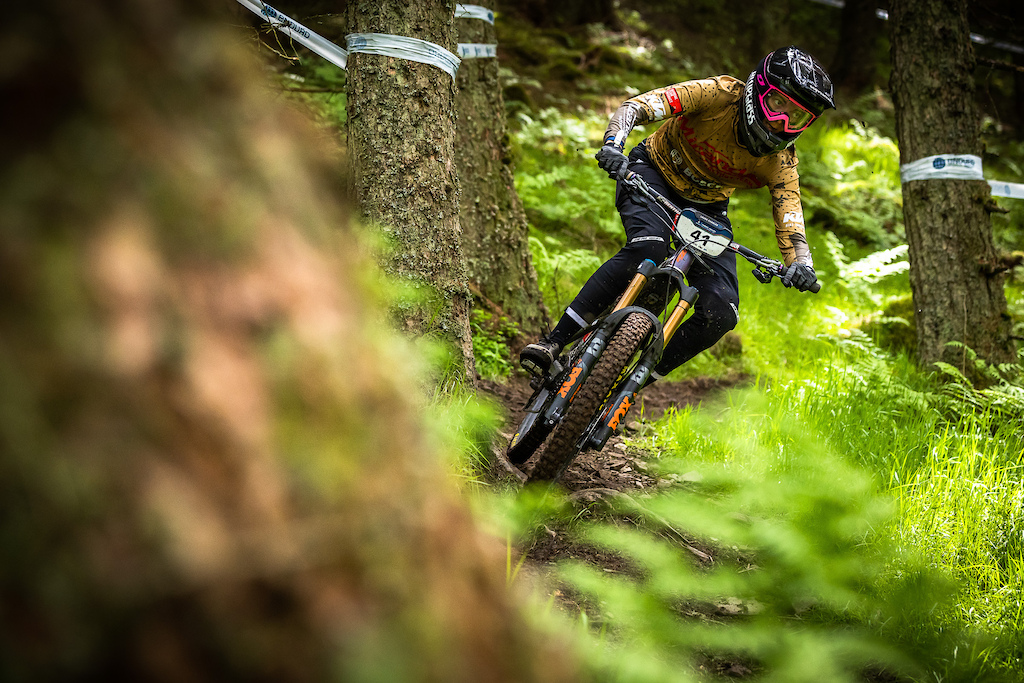
A large percentage of teams racing the E-Enduro World Cup will be aboard Bosch motors in 2023, including Trek Factory Racing, Scott SR Suntour, Miranda, Canyon Cllctv, Commencal Enduro Project, and factory squads from POLE, Ghost, Haibike, Whyte, Moustache, and Bergstrom Werksmannschaft.
And though she concedes that she hasn’t spent any significant time pushing other drive units to their limits, Espiñeira is convinced that Bosch has once again raised the game with the CX Race, providing its E-Enduro and E-MTB XC riders with a significant technological advantage.
“I believe that for someone not riding on Bosch, it’s going to be hard to win an eBike race — very hard,” Espiñeira said. “There is a real difference.”
Because the new UCI Mountain Bike World Series is under the Warner Bros. Discovery umbrella, the entire 2023 E-Enduro World Cup will be viewable live and on-demand on discovery+, the Eurosport app, and GCN+. Sponsors of the series include Shimano, Vittoria, and Oakley.
